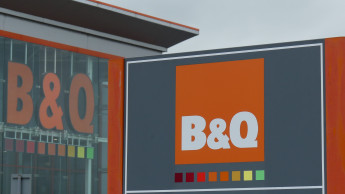The major channels for garden products in 2001 were the garden centres, with their annual sales of £ 1.05 bn (1.67 bn euro), and the DIY multiples with estimated garden products sales of £ 1.53 bn (2.43 bn euro).
In the early nineties the garden centres had the majority of share, with moderate growth in line with the development of the garden products market (v. graph). However, the DIY multiples have seen much stronger growth since 1993, taking over the leading role in 1997 and currently accounting for the leading share.
The end of the nineties and start of the new millennium saw a considerable increase in overall garden product sales, which stimulated growth in both garden centres and DIY multiples. However, the DIY multiples have continued to erode the market share of the garden centres.
In 1991 the garden centres had a 33 per cent share of sales, but in 2001 they are estimated to have held only around 21 per cent. In stark contrast, the DIY multiples saw development from a 27 share in 1991 to 40 per cent last year.
The garden centre market has experienced significant change in the last decade, with a shift in emphasis away from high volume, low margin products towards higher value and non-garden products. A trend towards rationalisation can also be observed in this sector, with the larger multiple operations acquiring smaller independent garden centres.
Other channels such as catalogue/mail order, supermarkets, high street stores and hardware outlets are relatively stable at present, with some opportunities to improve share in the short term.
Garden centres still occupy a strong position in the more traditional product sectors such as horticultural, higher value furniture and barbecues. However, in order to achieve high growth levels, they have gone in for non-garden products, which are now estimated to account for 23 per cent of their sales, compared with just 15 per cent in 1991.
In recent years the DIY multiples have gained only a limited share of the horticultural market where the garden centres provide better services, a wider assortment and a more relaxing atmosphere, especially for…








